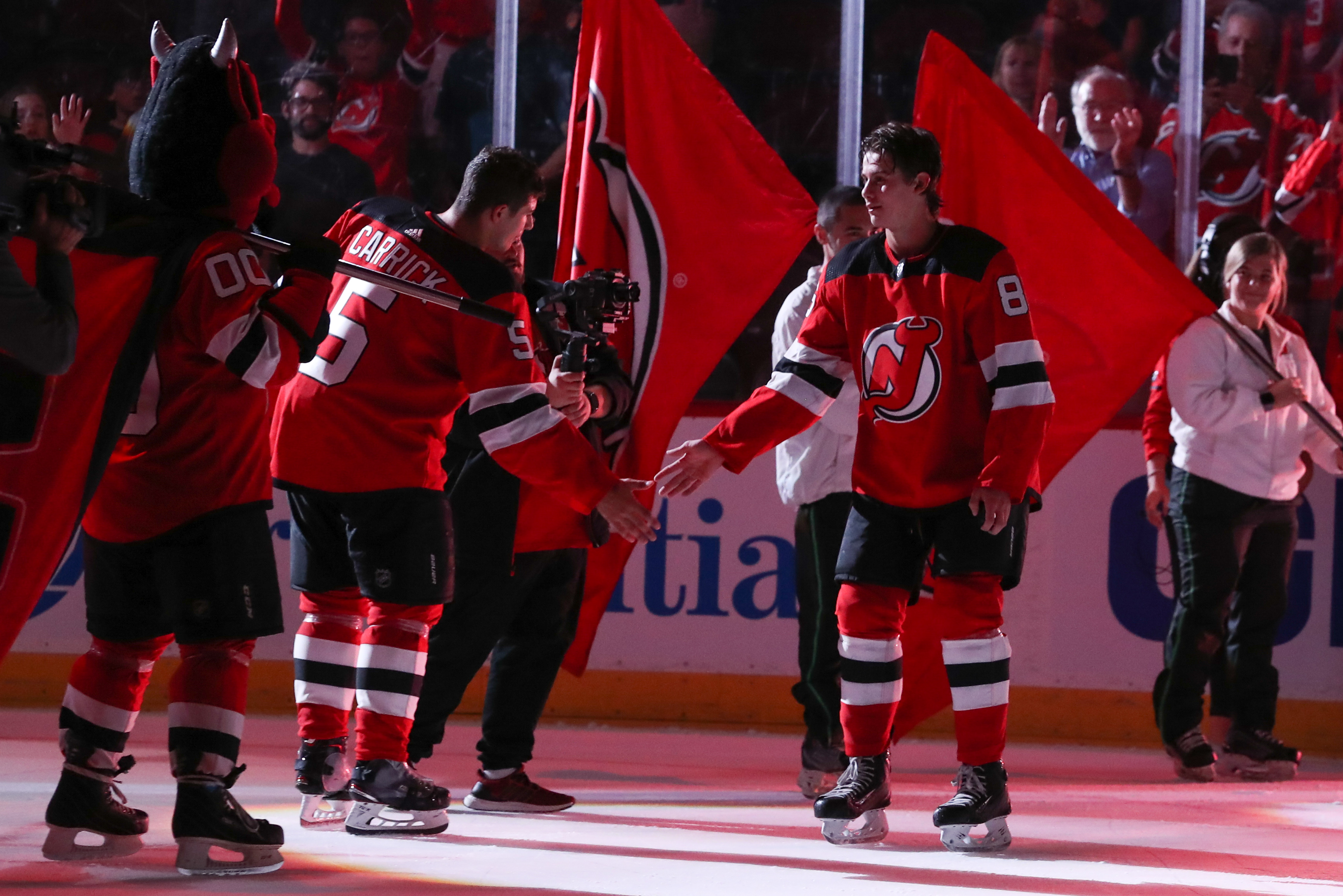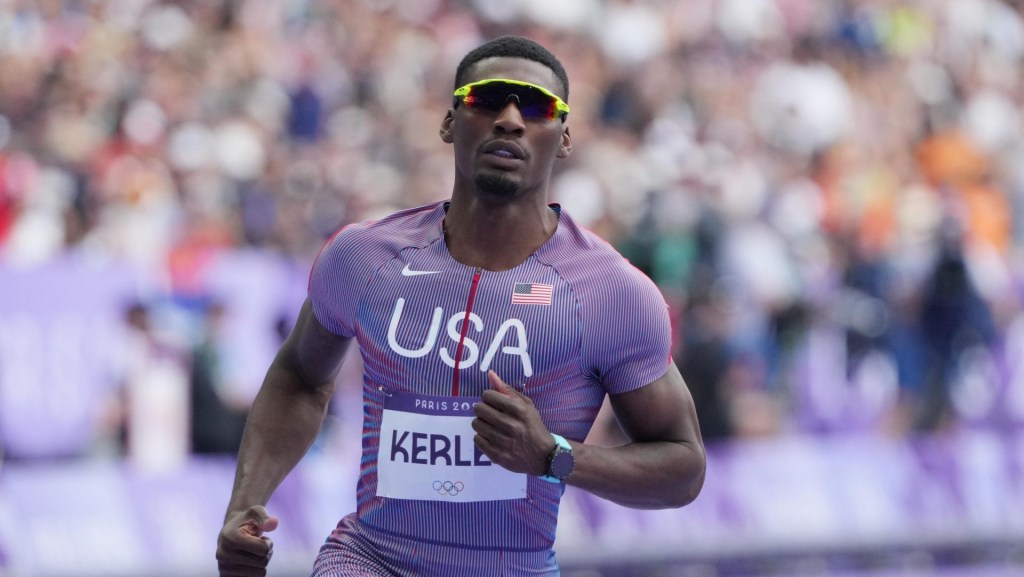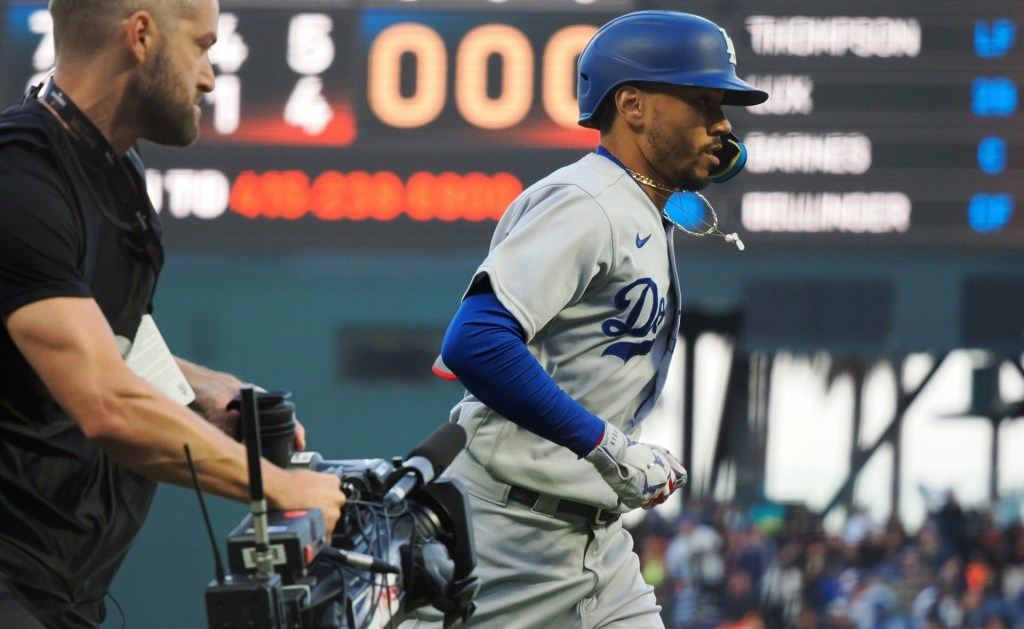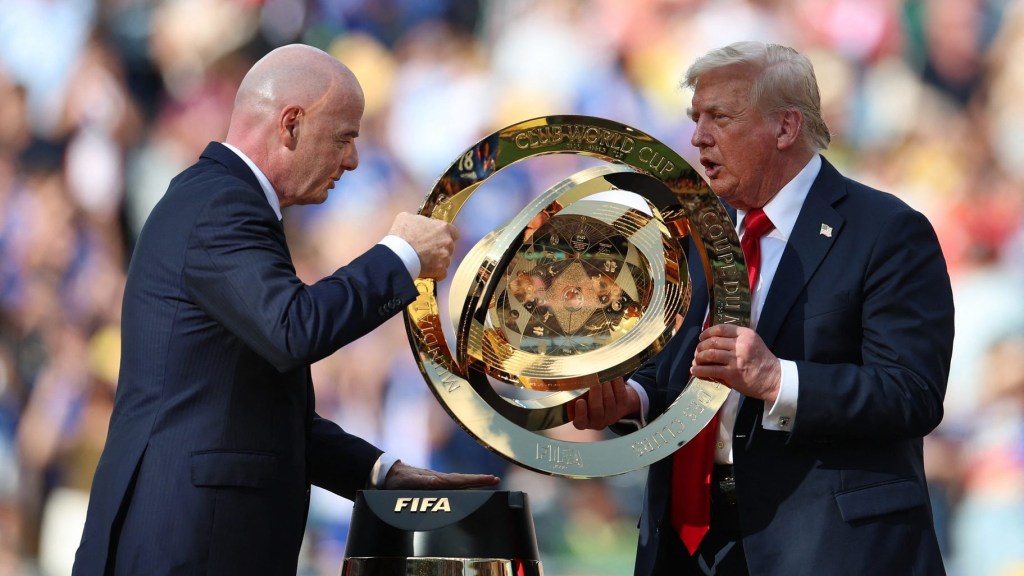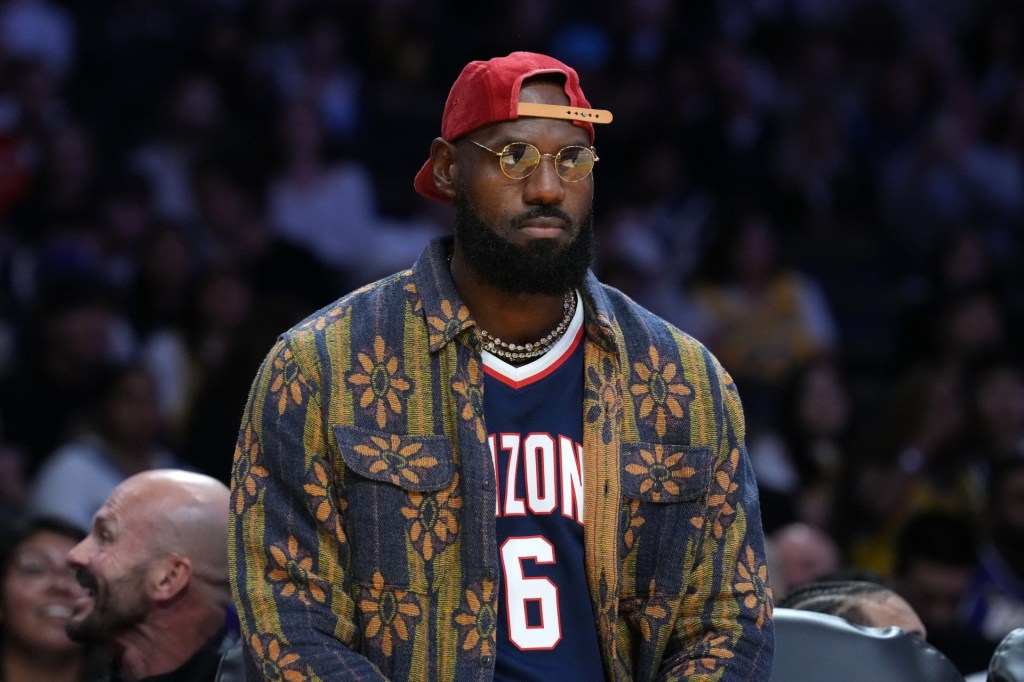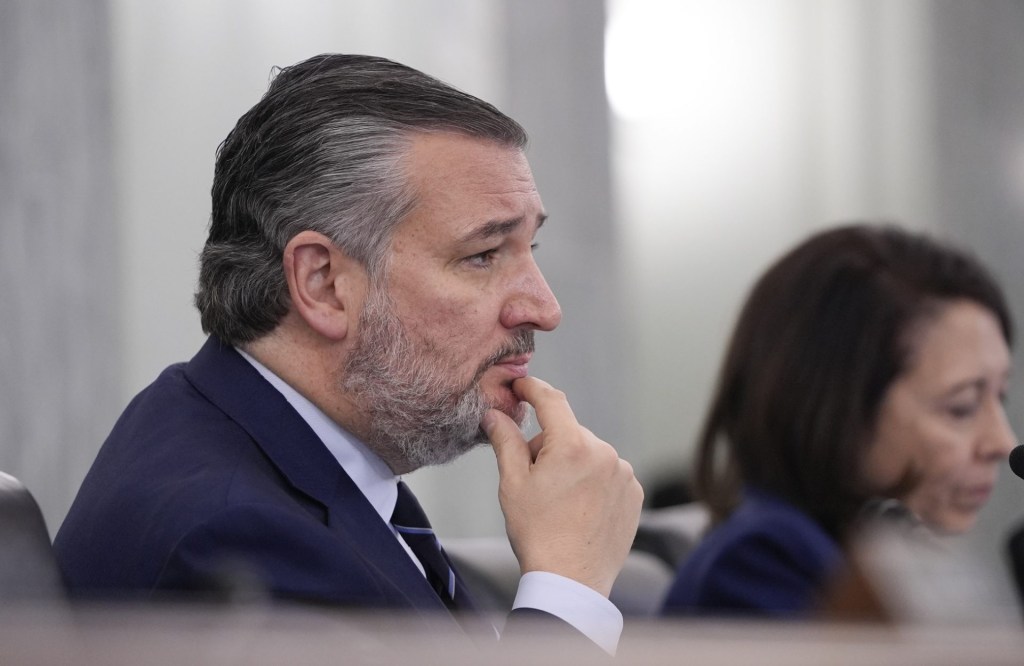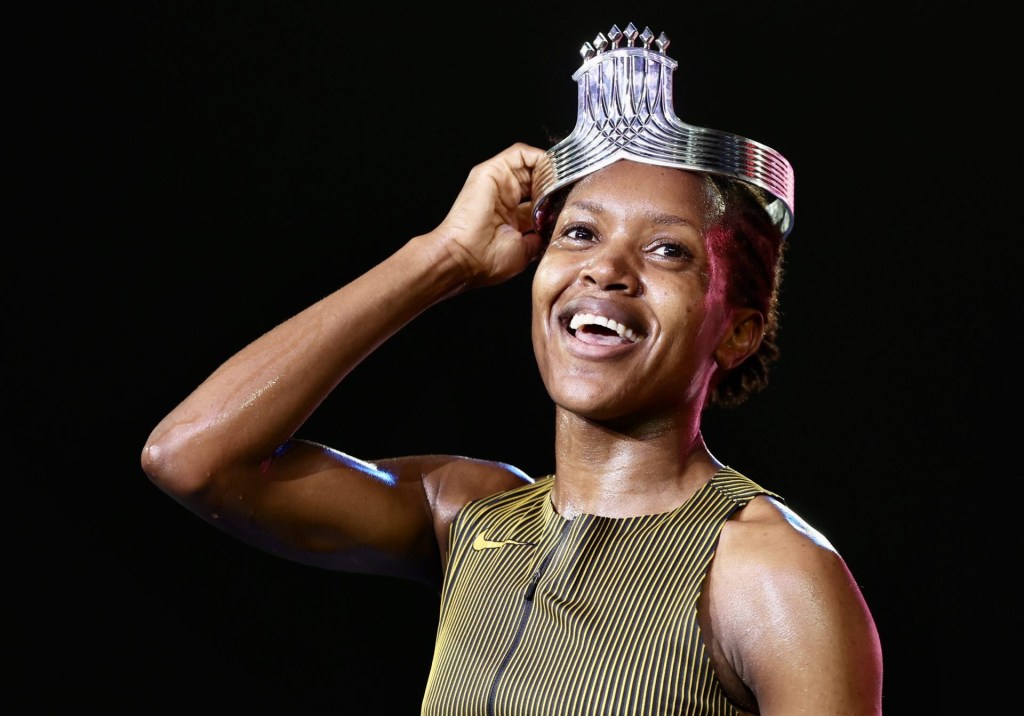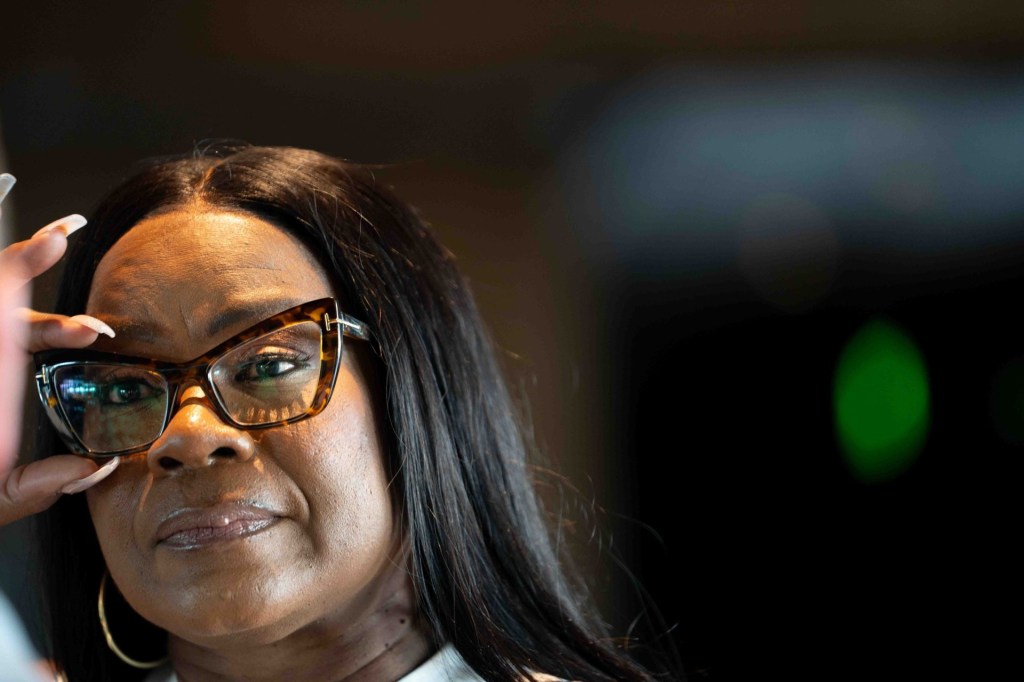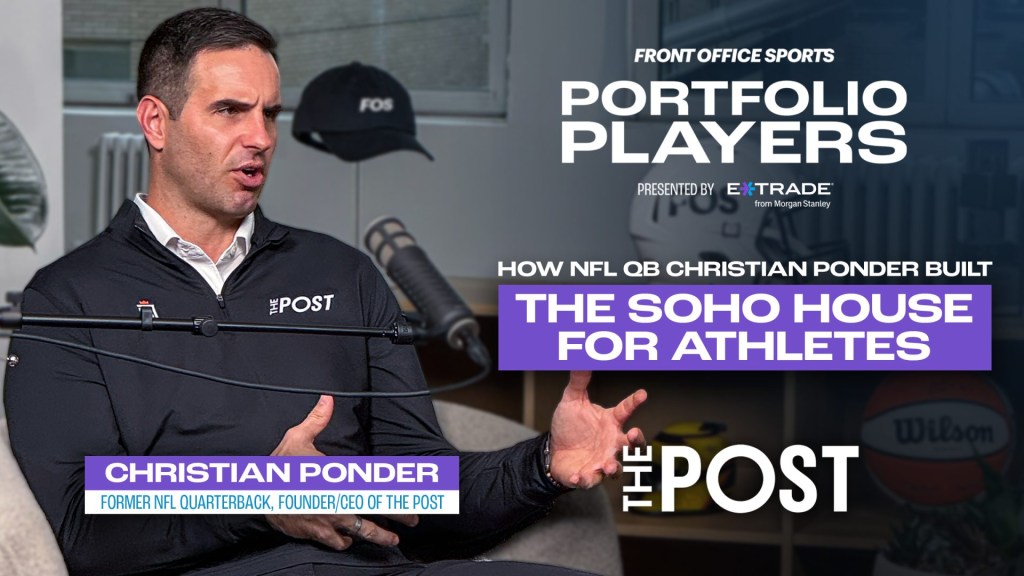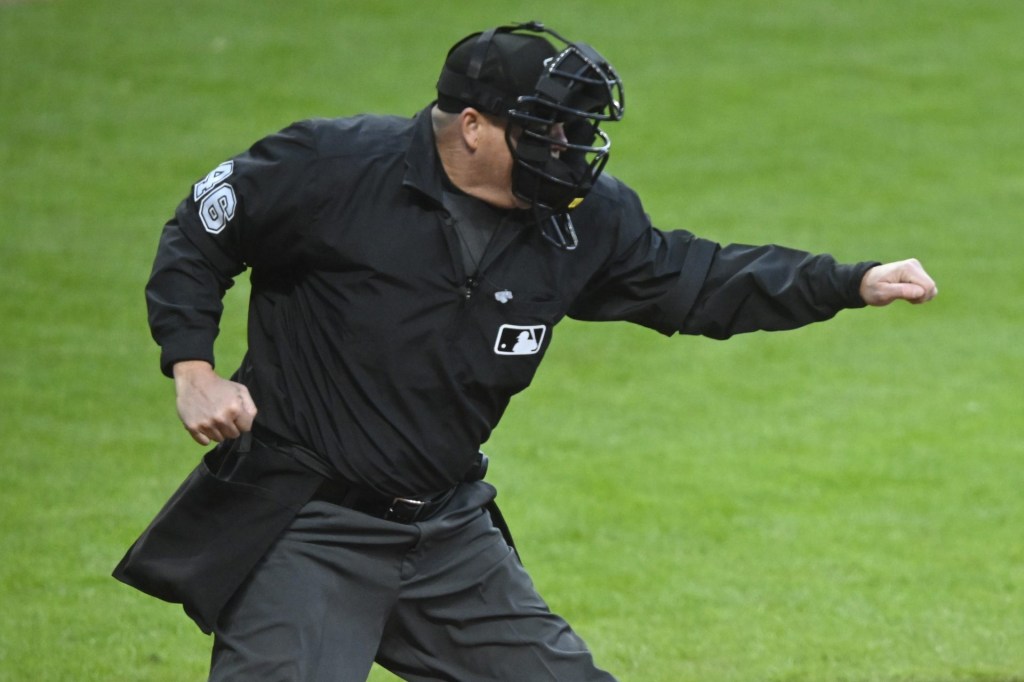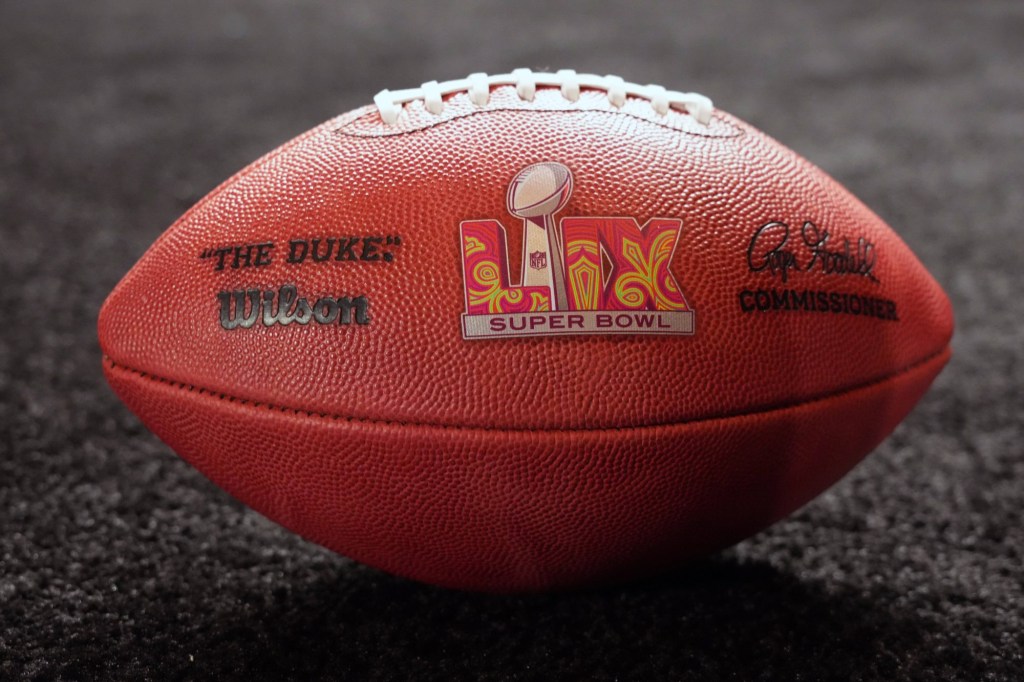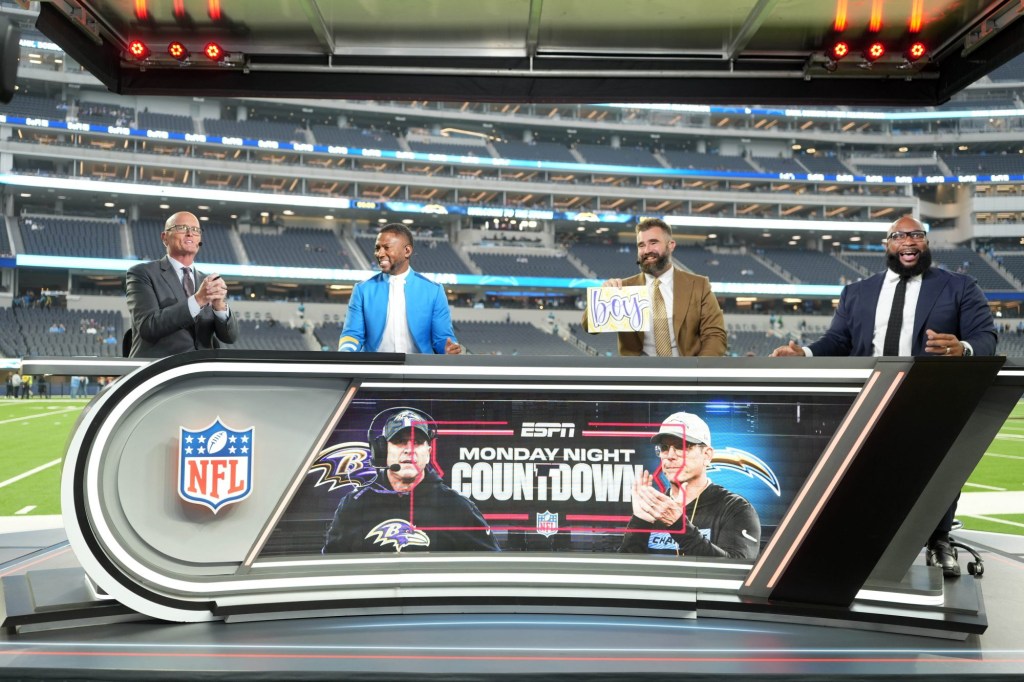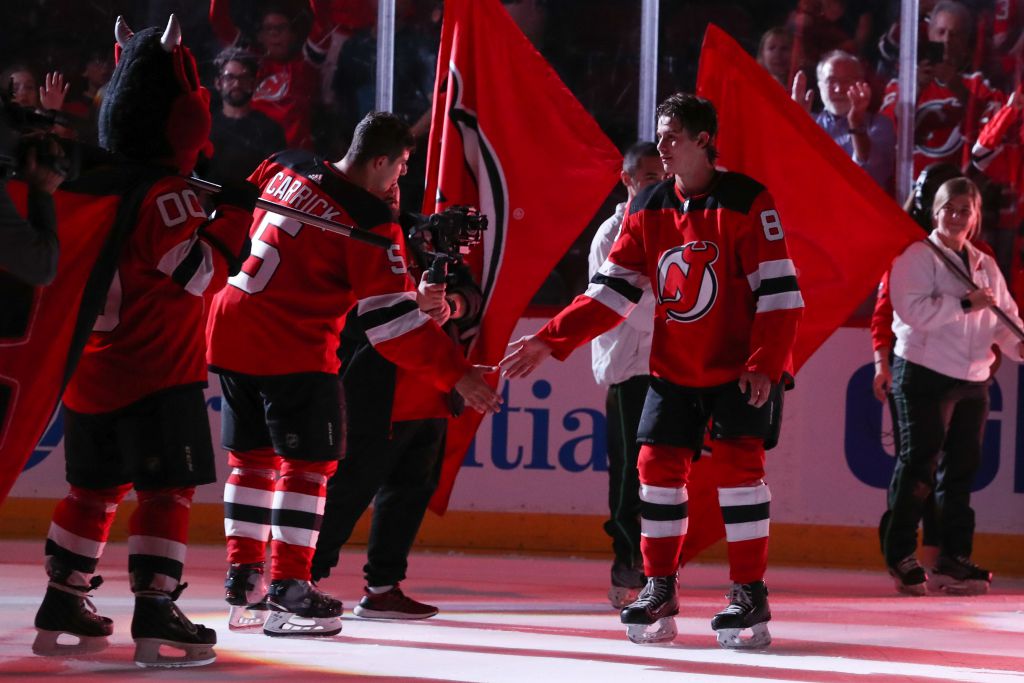
Since joining the NHL as its chief marketing officer in September 2016, Heidi Browning has been helping to spearhead the league’s efforts to “peel the visors off” its players.
That has meant the creation of more original content from the league and its teams, much of which has focused on increasing the amount of storytelling that focuses specifically on the players and their lives, as well as their personalities.
Last season, the NHL launched a new digital series called Skates Off, which takes viewers behind the scenes with players into their daily lives both on and off the ice. The league has also been focusing on putting its players in more humorous and lighthearted situations, such as the What’s In The Box series, which had players trying to blindly guess what object they were touching, often being tricked to think it was a snake, a spider or some other animal.
“It’s all a part of the evolution to our strategy,” Browning said. “We know that many sports fans follow athletes even in sports they don’t watch because they find that particular player interesting.”
“We think that is a huge opportunity for us – our players are some of the most friendly and engaging athletes in sports. Fans have an insatiable appetite to know more about the players and the lives off the ice – what is their lifestyle, what food or fashion do they like, and what do they do in their community or with their family – all of those things matter more to fans than ever.”
In some ways similar to the NFL, the visibility and popularity of NHL players have somewhat been stunted by the simple fact that it is harder to visually see players while they’re playing behind their helmets and equipment compared to players in the NBA, MLB or soccer. Compounding that for the NHL is that even the league’s biggest stars, such as Connor McDavid or Alex Ovechkin, only spend about one-third of a game actually on the ice, which is often truncated into one minute or less shifts – compared to an NBA game where someone like LeBron James will be on the court for upwards of 40 minutes in an overall 48-minute game.
The NHL has looked to further introduce its stars to hockey and sports fans by changing its content distribution and amplification strategy as well in recent seasons, sharing more of the content created by its teams at the league level, as well as making sure the teams tap into the content the league is creating at its tentpole events like the Winter Classic and all-star game, as well as around the Stanley Cup Playoffs.
“Sports fans are evolving, and we know they’re following athletes first, then the teams, and then the leagues,” Browning said.
READ MORE: NHL Getting Assist From Players, Media Partners In Growing European Reach
Now the NHL is introducing the next step of that process, partnering with athlete marketing platform opendorse to further help the league’s players build their brands as well as increase fan engagement.
In 2017, the New Jersey Devils were the first NHL team to work with opendorse, an experiment that the team had great success with. During the 2017-2018 season and playoffs, players on the Devils led the NHL in social media engagements, player engagement rate and, overall, ranked second in player follower growth.
Last season, ten total NHL teams worked with the opendorse platform.
“We know as younger players enter the league, there is the expectation that social media is part of their careers,” said David Klatt, NHL senior manager of social media programs. “Now when teams have a game photo, something from pregame warmups or a video that is shot, this will provide them with a mechanism to easily provide that to players.”
Klatt said that more NHL players have been showing interest in building their brands on social media, whether that’s Zdeno Chara, who at 42 is one of the league’s oldest active players and now has a following of more than 218,000 on Instagram, or Jack Hughes, the number one pick in the 2019 NHL draft by the New Jersey Devils who is widely expected to be the league’s next big star.
“We sat down with Jack at the end of August to have a big discussion on using different social media platforms and where he will focus,” Klatt said. “We want to make sure we’re better serving players that have that interest.”
All 31 NHL teams will now have the ability to use opendorse, and the teams will work directly with players by giving them content to share on their social platforms.
Browning said participating in the program is optional, and that teams that choose to do so will likely work on a pilot project with 10 or so players who are interested in social media. The teams will then onboard those players and teach them how they can use the opendorse platform.
“We know that social media isn’t for every player, so part of this process is going to be taking the time to meet and speak with a player to not only gauge their interest but find out what kind of content they like to share,” Browning said. “We know that one of the concerns with all players is around breaking their focus on the game, and how much time social media takes – we think this can help ease that sort of pressure.”
Browning and Klatt said the league and the teams will continue to listen to the players on this front, understanding what sort of content they want to share as well as how the opendorse platform can be better utilized by NHL players.
For example, Klatt noted that many of the NHL players have a first language that is not English, or share content more often in other languages – opendorse worked with the league to make sure that wasn’t a barrier to sharing content.
“It’s just as important for us to learn why a player doesn’t want to post something as it is to see them sharing something,” Klatt said. “Players are excited to celebrate their teammates and their milestones, as well as things like community events or big moments for their teams like playoff-clinching scenarios – we want to make sure we’re creating content that will help them tell those stories.
READ MORE: How Little League Is Using Social Media To Grow Its Fanbase
Browning noted that the NHL recognizes that it still has plenty of room to grow in terms of building the brands of its players, but that this is a step in the right direction.
“There is a strong appetite to showcase their personalities and develop deeper relationships with fans through social media,” Browning said. “It’s still early and there is a long way to go, but there is also a lot of enthusiasm and room to grow over the next few seasons.”
